Sting‘s career is defined by two major chapters. The first one was his time with The Police, which scored him international fame, six Top 10 hits, a No. 1 hit, a No. 1 album, and four Top 10 albums. However, the popular reign of The Police, more or less, ended in 1985 after Sting began his solo career. In 1985, Sting released his debut solo album, The Dream Of The Blue Turtles. He followed it up with Nothing Like The Sun, which peaked at No. 1 in the United Kingdom on this day, October 24, 1987.
Videos by American Songwriter
Sting’s solo career was off to a hot start with The Dream Of The Blue Turtles. Following the album’s 1985 release, Sting’s debut album peaked at No. 2 on the Billboard 200 and at No. 3 on the UK albums chart. Successful it was, but it didn’t go No. 1. However, Nothing Like The Sun did, and it was Sting’s first No. 1 album. A No. 1 album that carried on the creative tradition of the United Kingdom, as it was titled after the work of none other than William Shakespeare.
Shakespeare’s Sonnet No. 130 and Sting’s No. 1 Album
William Shakespeare is, without a doubt, the most influential literary figure of all time. One could argue that he is the most influential creative figure of all time. That being said, it is no surprise that the masses celebrate him all over the world, especially in his home country of England.
Reportedly, the inspiration for the title came after Sting had an interaction with a drunk man on the street. During that interaction, Sting allegedly replied to the man by reciting the lines “My mistress’ eyes are nothing like the sun.” Impressed and inspired by his own answer, Sting decided to name the album title after the line. And he even included it on the album’s 10th track, “Sister Moon”.
Despite the profound literary influence on “Sister Moon”, that was not the album’s most successful track. Rather, that would either be “We’ll Be Together” or “Englishman In New York.” After Nothing Like The Sun peaked at No. 1 in the United Kingdom, it went on to chart at No. 9 on the Billboard 200. Furthermore, “We’ll Be Together” peaked at No. 7 on the Billboard Hot 100 following its release. Nonetheless, it’s fascinating to know that a man from the 16th and 17th centuries was so influential that his work appeared in a pop music album nearly 400 years after his death.
Photo by Richard McCaffrey/Michael Ochs Archives/Getty Images

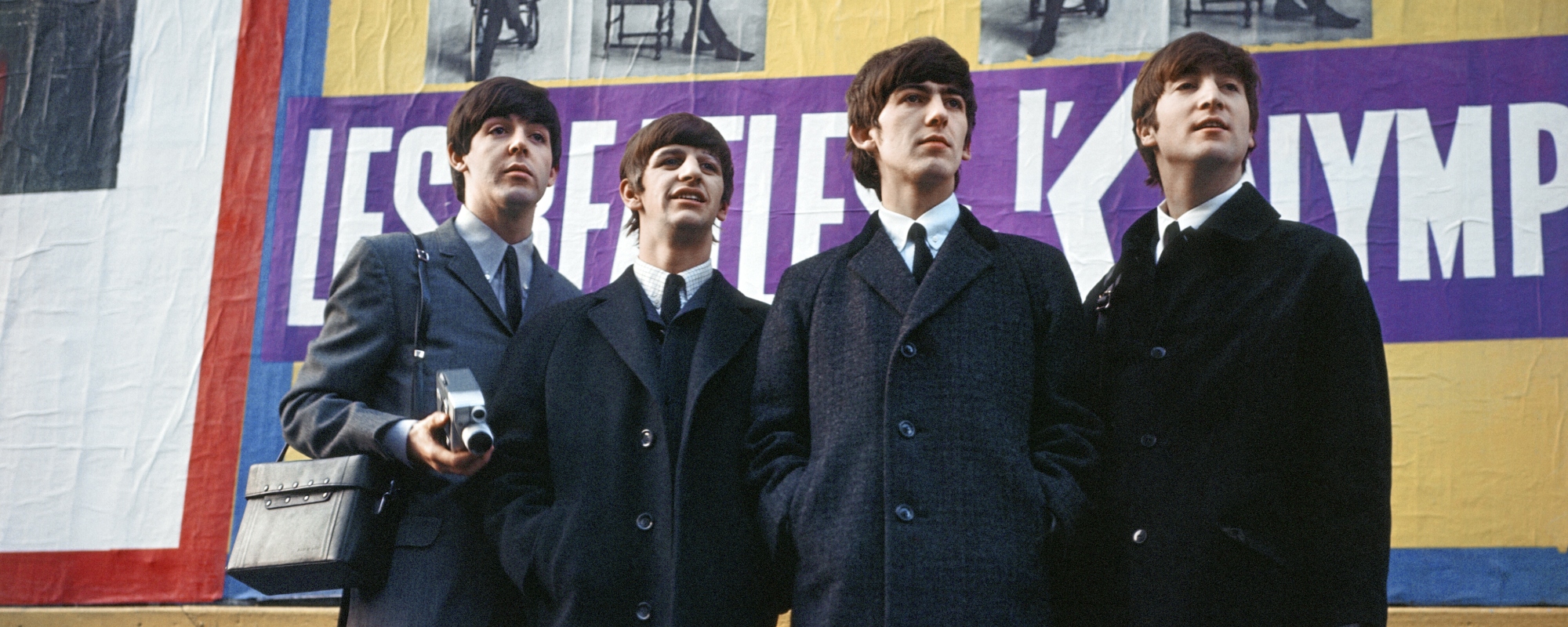
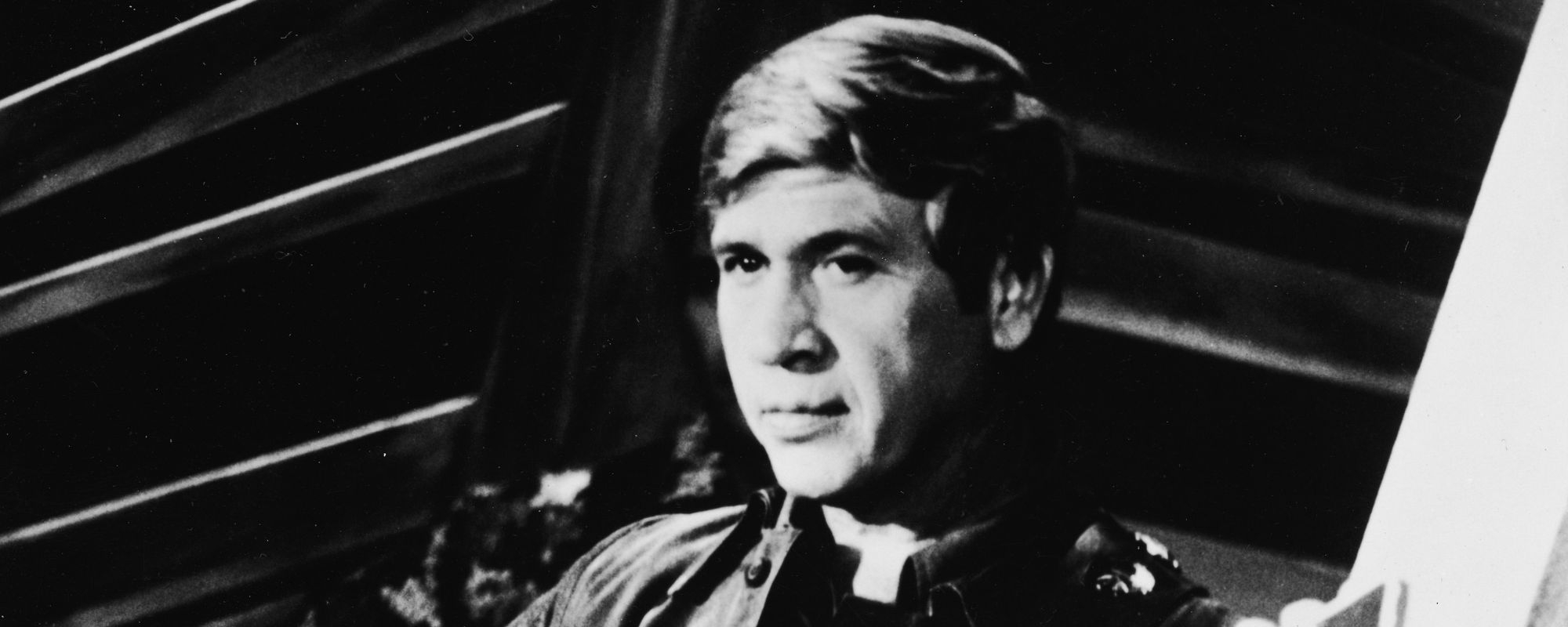
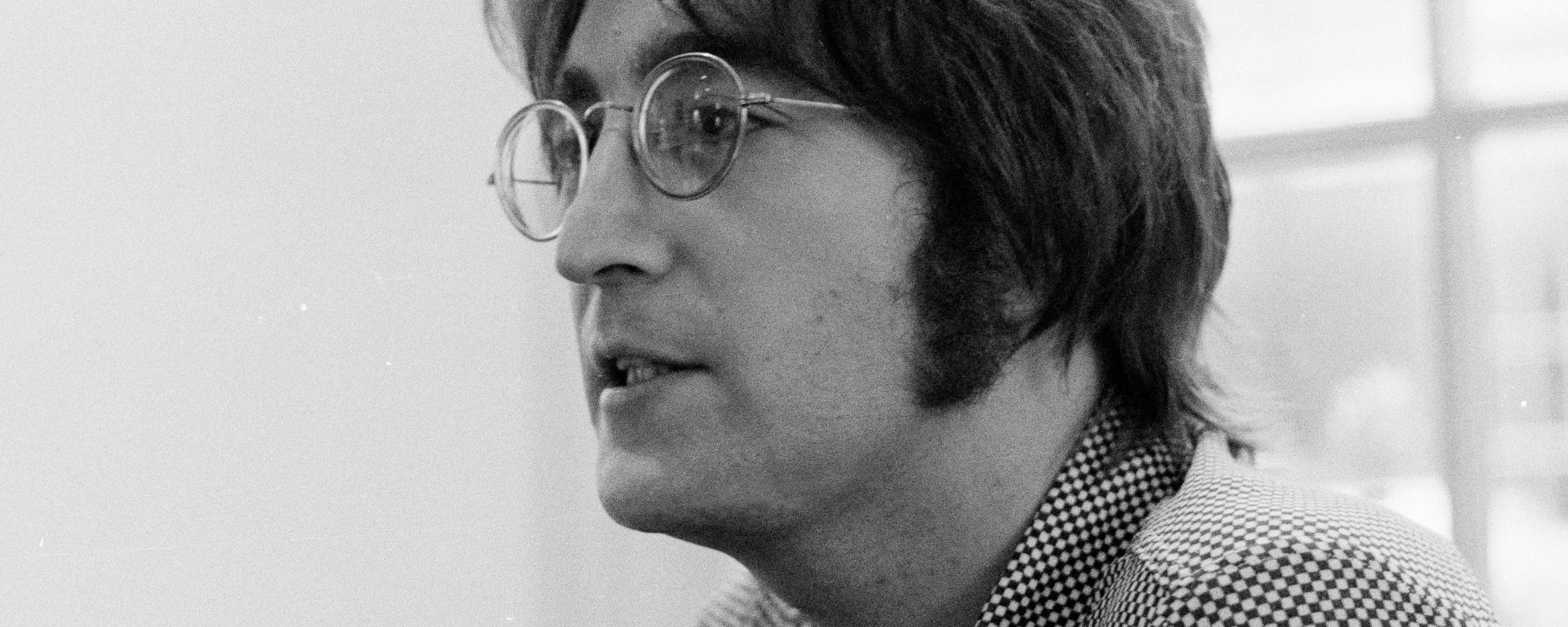
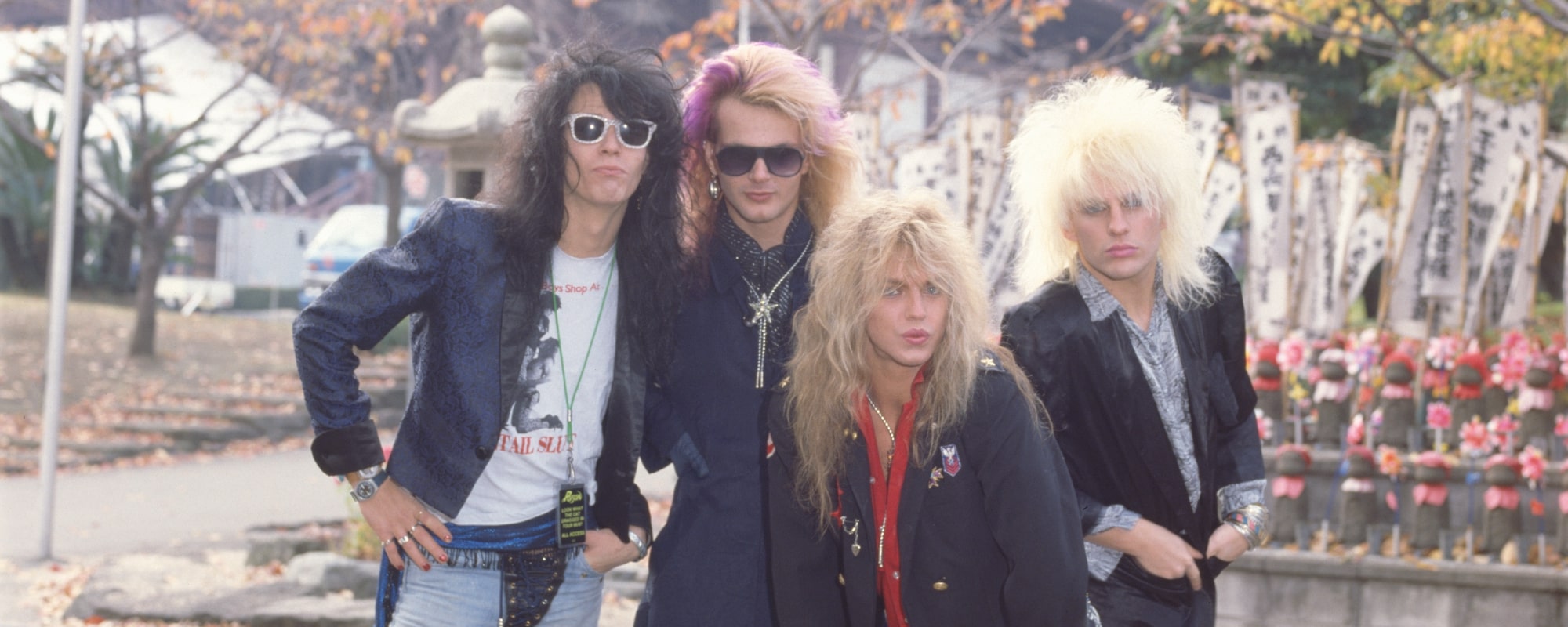
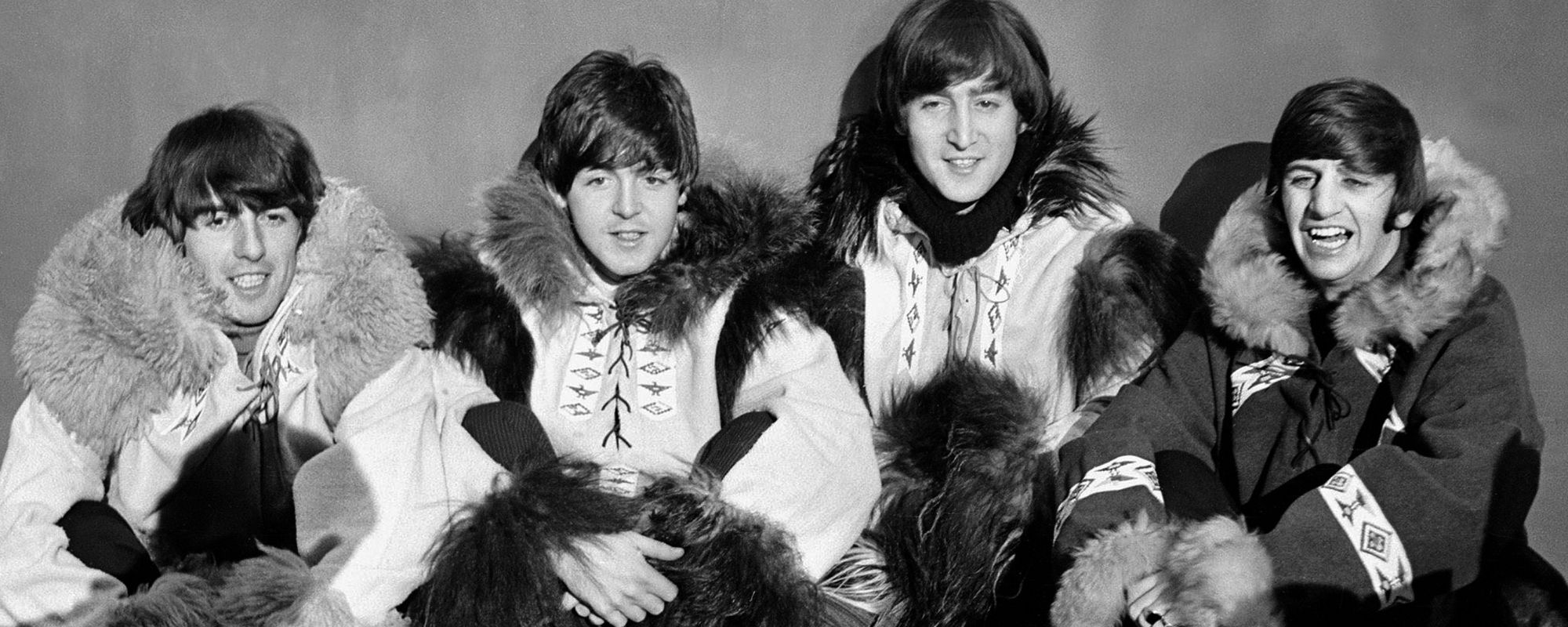


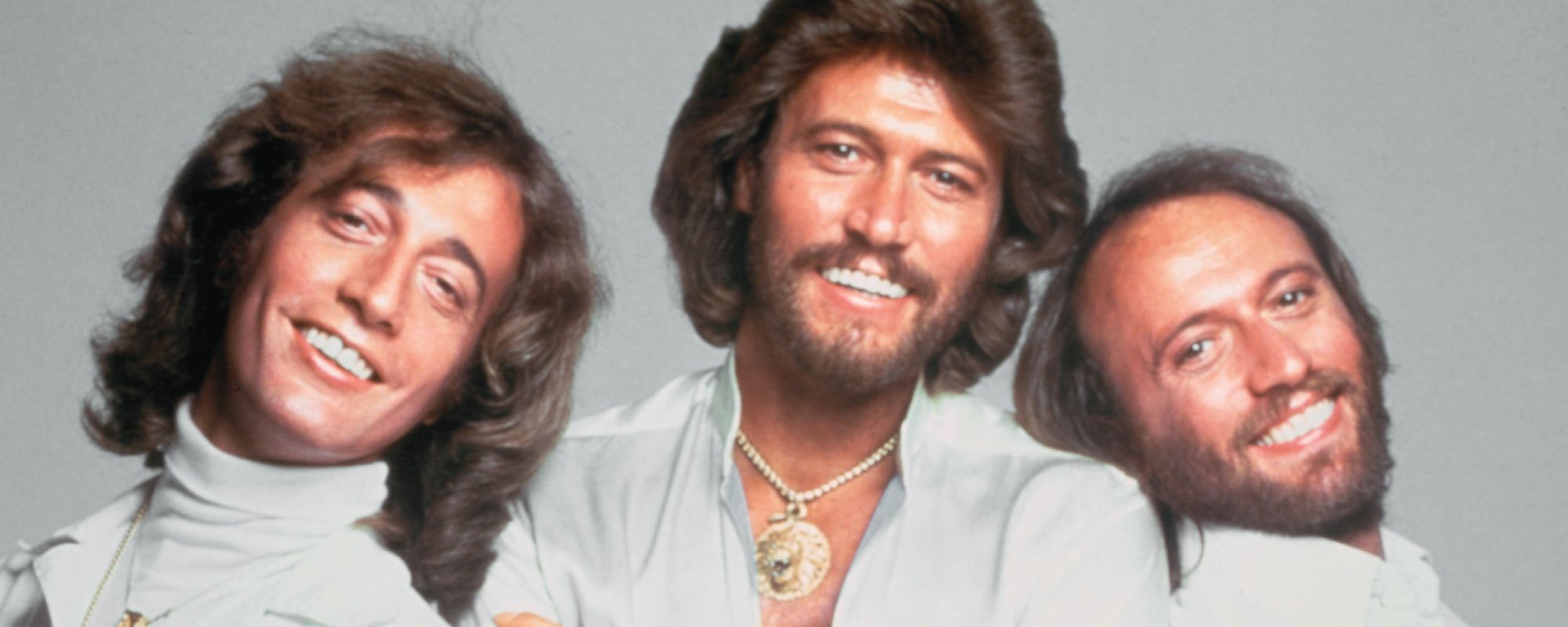
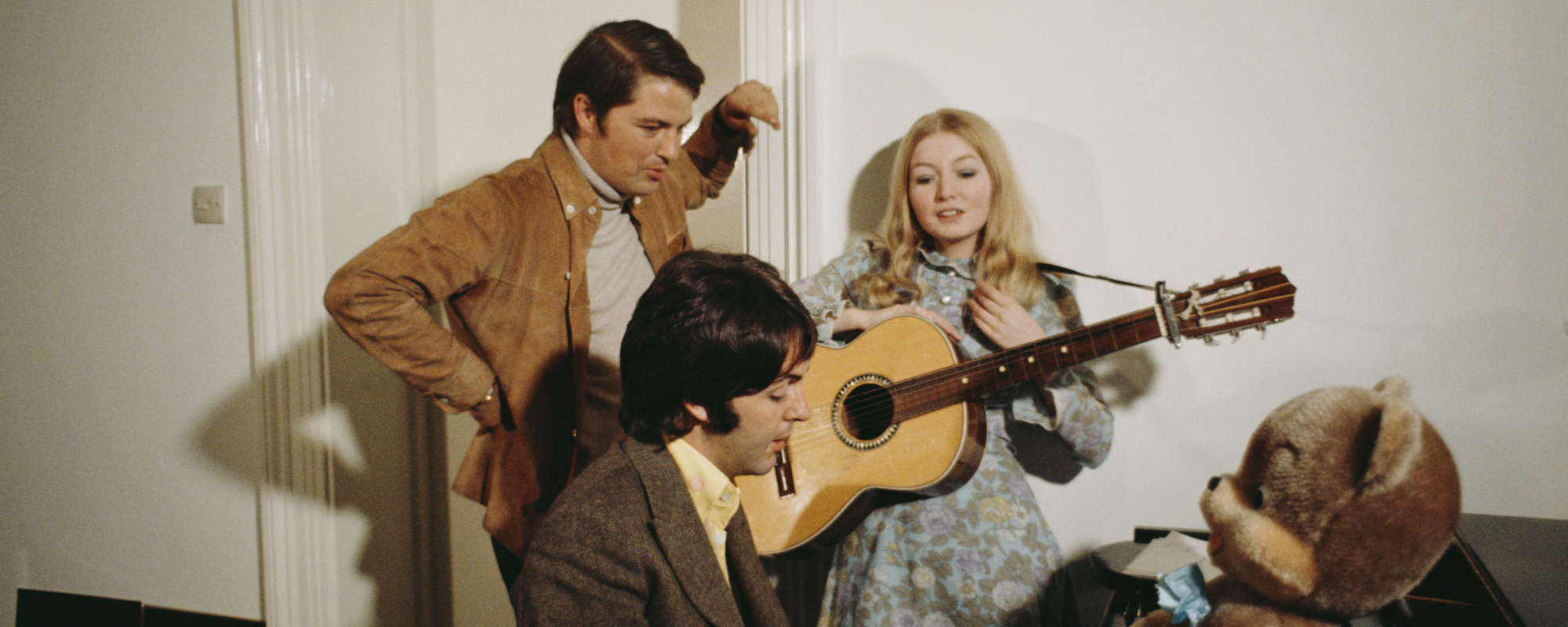

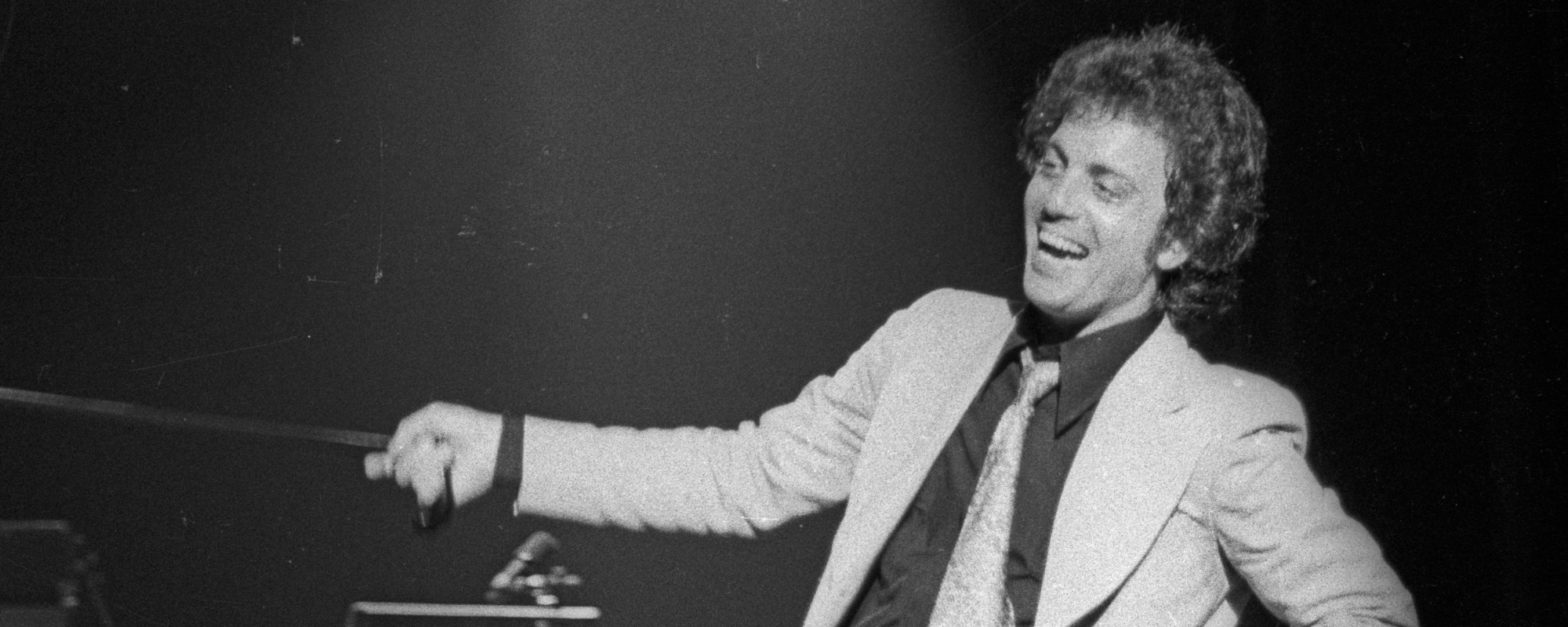
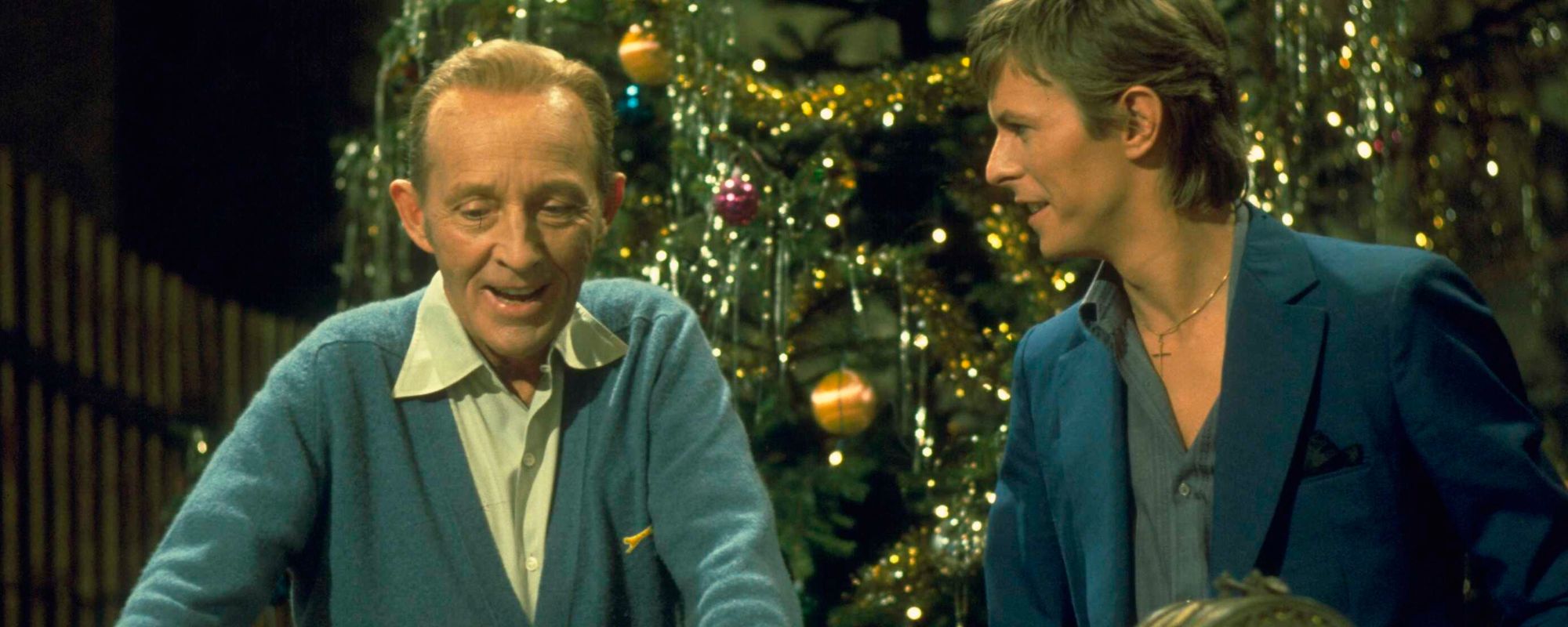
Leave a Reply
Only members can comment. Become a member. Already a member? Log in.